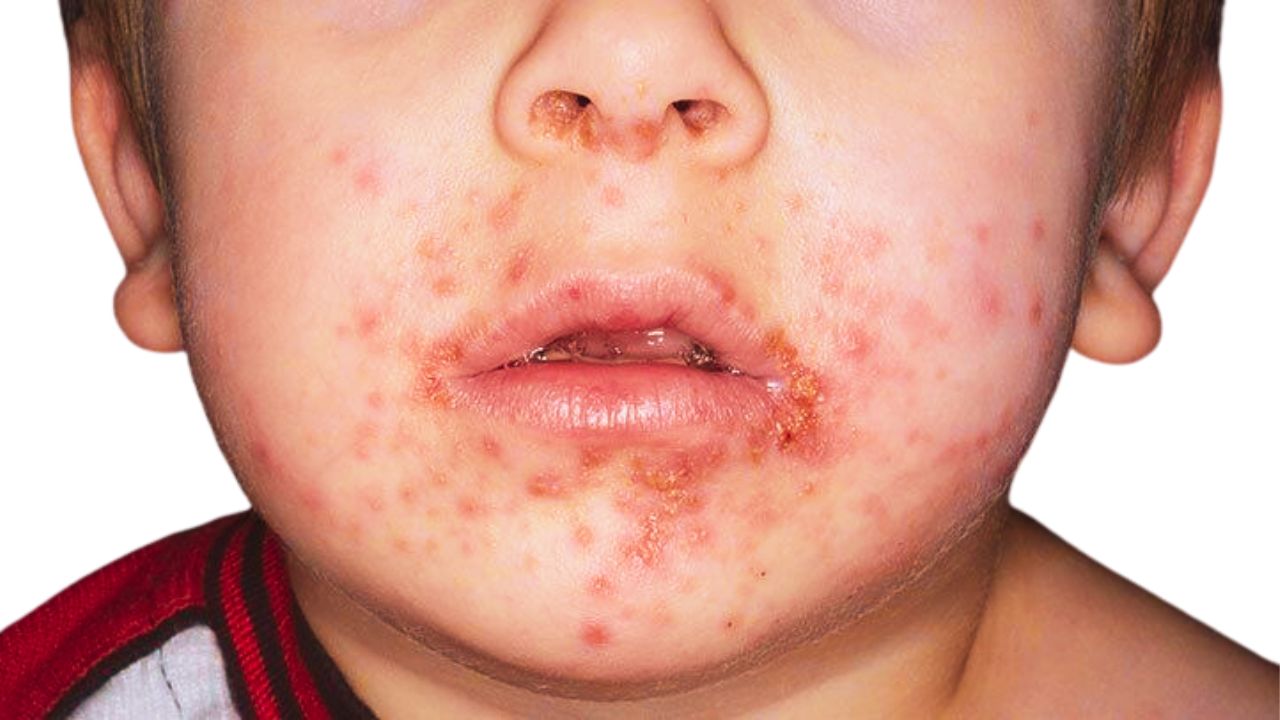
DiYES International School – Impetigo is a highly contagious skin infection that mainly affects children between two and five years old. This infection spreads easily in environments like schools and daycares where close contact is common. Parents often confuse impetigo with other minor rashes or bug bites, which delays proper treatment. It typically begins as red sores around the nose and mouth that quickly burst and form a yellowish crust. While the infection is not usually serious, it can lead to complications if left untreated. Early detection and hygiene are key in stopping the spread. Many cases go unnoticed until the rash worsens or other children show symptoms. Impetigo often causes discomfort and itching, making it hard for young children to avoid scratching, which can cause further spread. Understanding the early warning signs can help parents seek care before the infection spreads.
Impetigo may look like a simple irritation at first, but its rapid development helps set it apart. Parents who notice a small red spot near a child’s mouth or nose should watch for changes. Within a day, impetigo can develop into a blister that oozes fluid before crusting over. The crust is usually a honey color and very distinctive. In some cases, lesions may appear on arms, legs, or even the scalp. Impetigo spreads through touch, so children who scratch or touch infected areas may unintentionally infect others or worsen their own condition. Impetigo should not be ignored, as delaying treatment can allow the bacteria to spread into deeper skin layers. Knowing these signs helps prevent confusion with other conditions like eczema or heat rash. If a rash changes shape quickly or spreads fast, it may be impetigo and medical attention should be sought immediately.
“Read about: Rett Syndrome in Kids: The Rare Disorder Every Parent Must Know About!”
Children with impetigo can easily infect others through direct skin contact or by sharing items. Towels, toys, and bed linens can carry the bacteria for hours. In schools or playgroups, shared equipment makes outbreaks harder to contain. Preventing the spread of impetigo requires vigilance and hygiene. Sores should be covered with bandages, and children must avoid scratching. Parents must wash hands regularly and disinfect items like pillowcases and clothing. Impetigo often enters the skin through small cuts, insect bites, or scrapes. That is why children who are active outdoors are more vulnerable. The risk is higher during warm weather when bacteria thrive on sweaty skin. Parents should teach children about not sharing personal items and how to report itchy or painful spots. While not always preventable, quick action limits the impact on a household or classroom.
Most cases of impetigo can be treated with topical antibiotics prescribed by a doctor. In more severe infections, oral antibiotics may be necessary. The rash usually starts to clear up within a few days of treatment. Children should remain at home until they are no longer contagious, which is typically after 48 hours of antibiotics. During recovery, keeping the skin clean is essential. Gently washing the area with warm water and antibacterial soap can help remove crusts and reduce bacterial growth. It is important to avoid over-the-counter creams without professional advice, as they may worsen the infection. Children should wear loose clothing to reduce irritation and speed up healing. With the right care, impetigo leaves no lasting scars. However, repeated infections can occur if hygiene is not maintained. Parents should stay alert for recurring symptoms and consult a healthcare provider if rashes return.
“Read more: This Tiny Sensor Could Save a Life, The Truth About Garage Door Photo Eyes”
Preventing impetigo begins with good hygiene and awareness. Children should wash hands frequently, especially after playing outside or using shared items. Cuts and scrapes need to be cleaned and covered immediately to prevent bacteria from entering. Keeping fingernails short can help reduce scratching that leads to further spread. Parents should regularly wash toys, clothes, and bedding. Avoiding the sharing of towels, razors, and other personal items is crucial. In group settings like camps or schools, caregivers must be informed if a case is identified. Outbreaks can be controlled by temporarily excluding infected children until treatment takes effect. Teaching children not to touch their faces or pick at scabs also makes a difference. With these habits, the chances of getting impetigo drop significantly. Routine hygiene, attention to skin health, and early action are the best defenses against this common childhood infection.